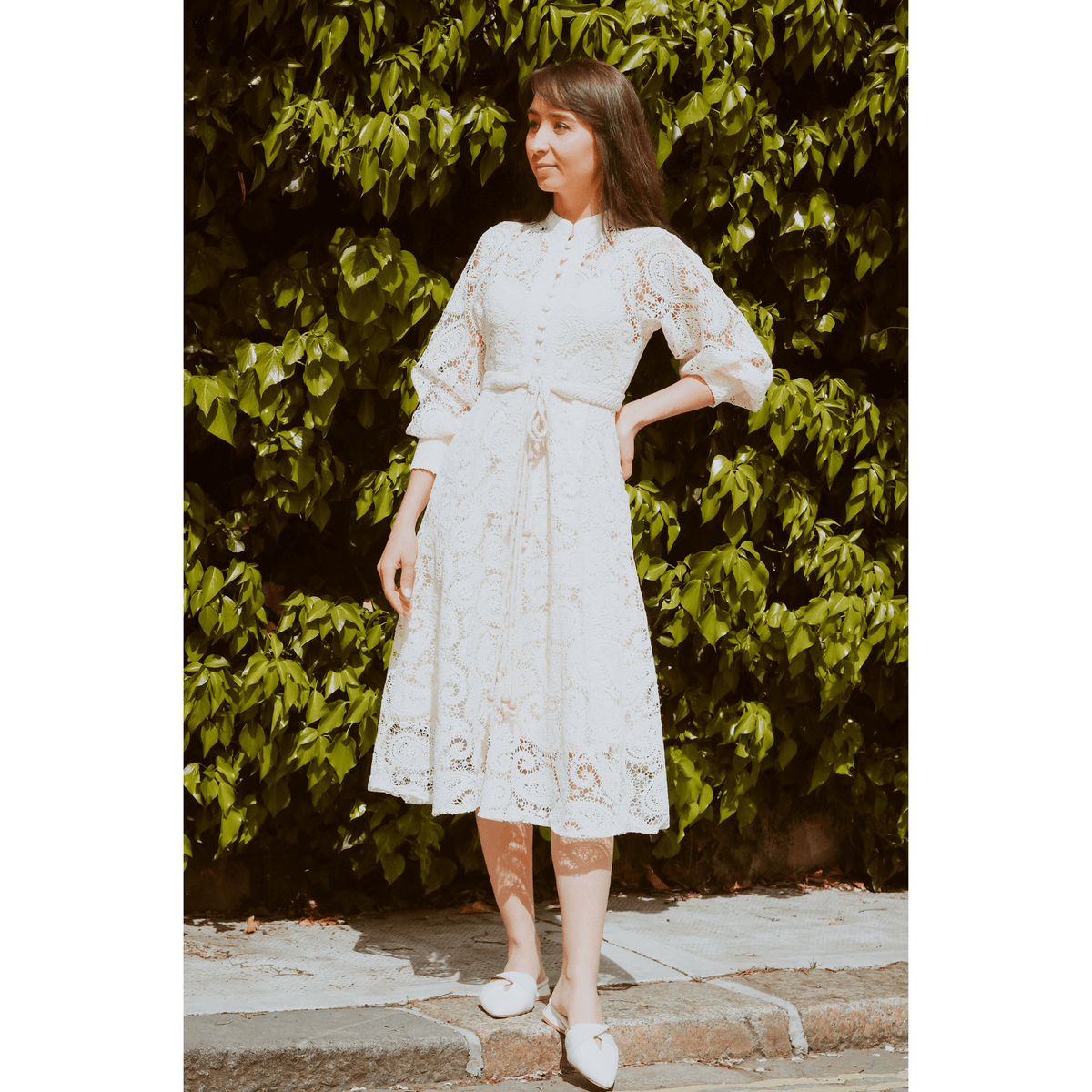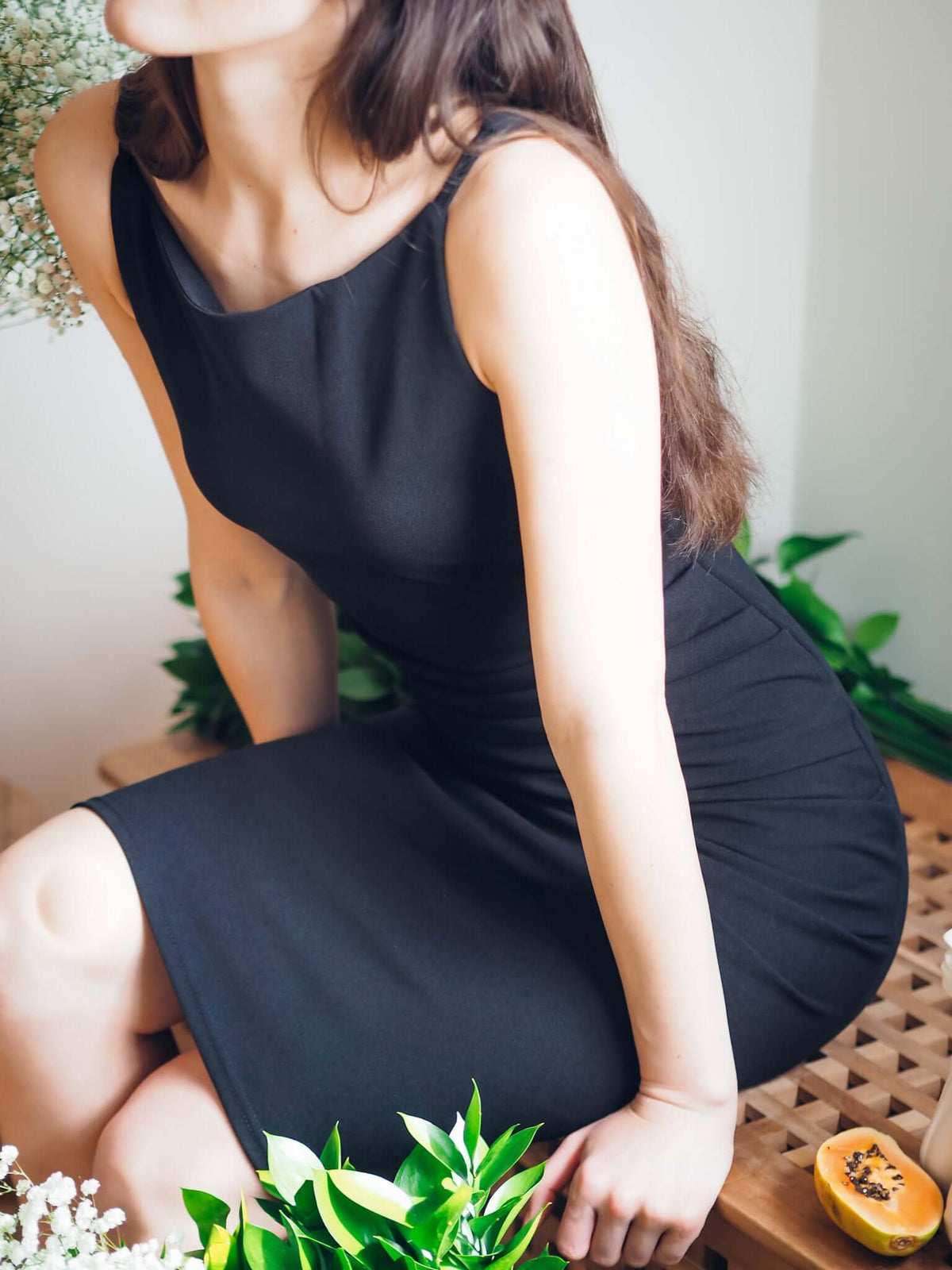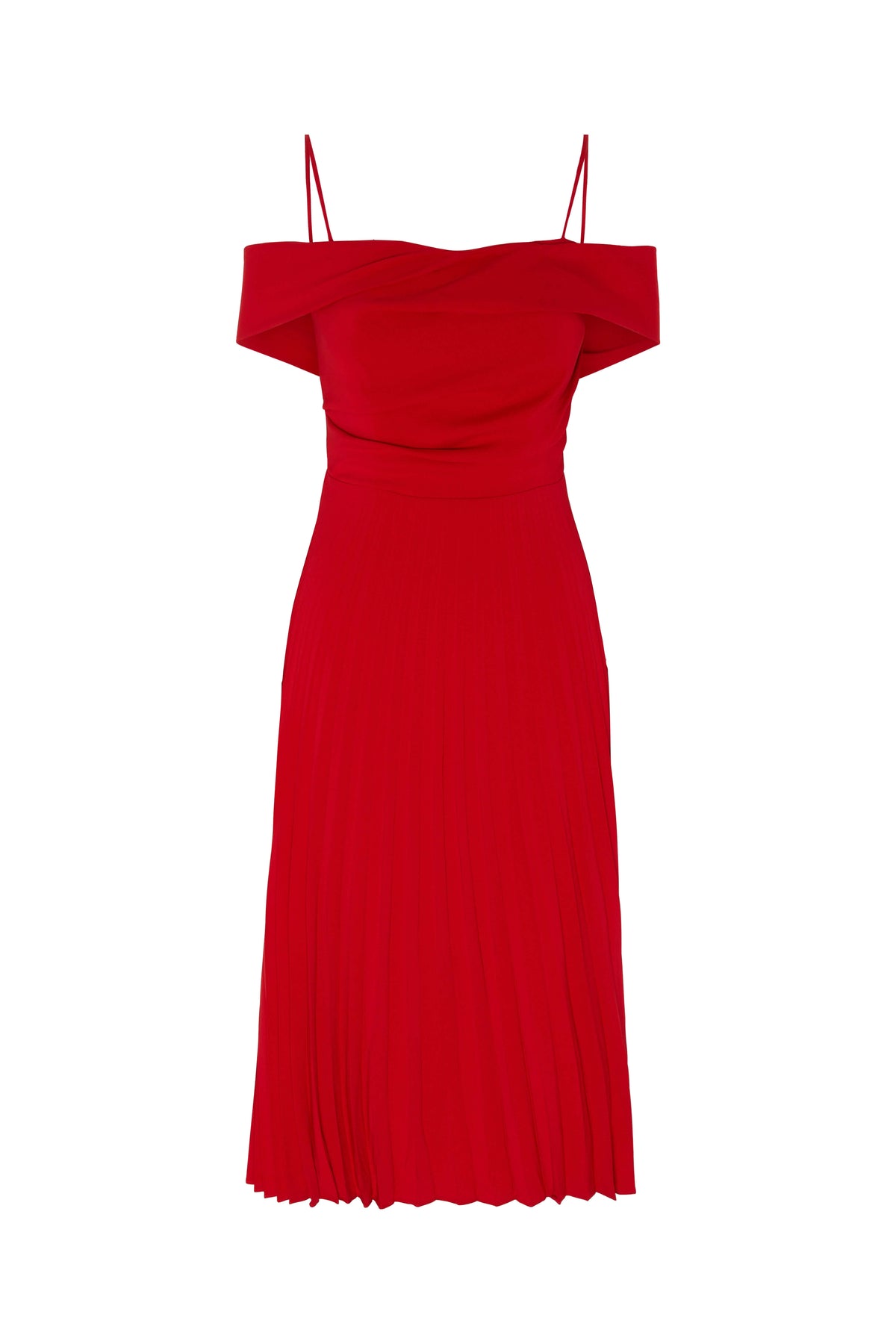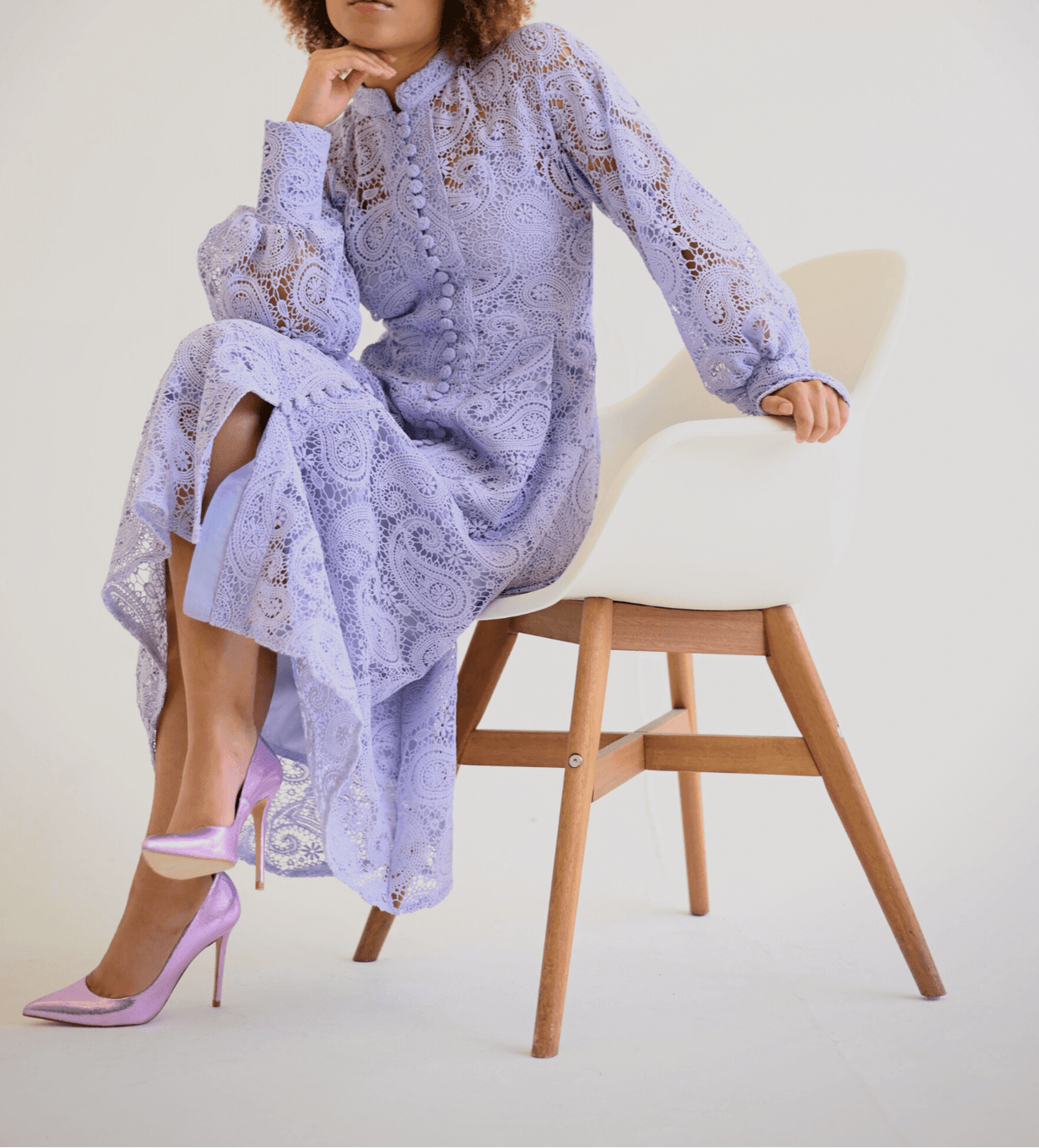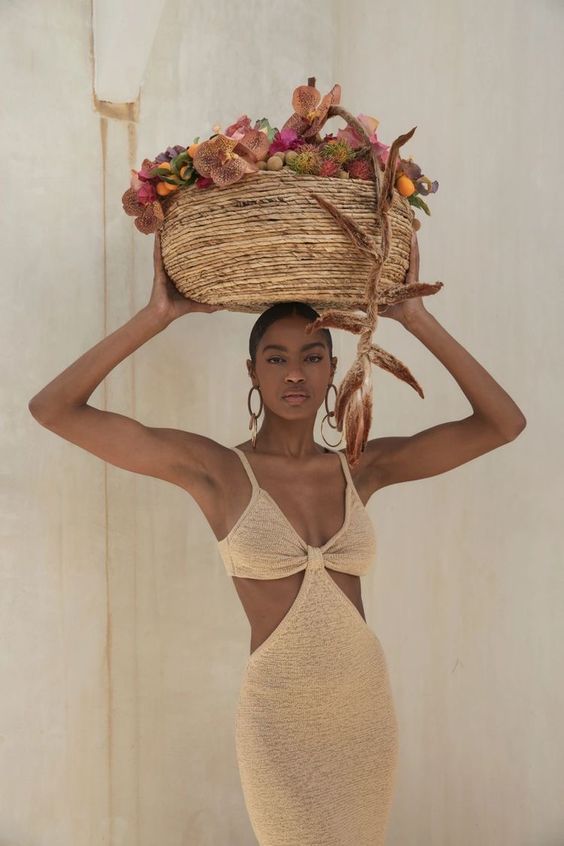In the realm of haute couture and sartorial enchantment, fashion continually evolves, embracing new textures, styles, and materials. Among the captivating components that have captivated the discerning tastes of London's fashion aficionados is the timeless elegance of rattan. This intricate and versatile material, with its origin steeped in a rich history, has seamlessly woven its way into the very fabric of the fashion industry, lending an air of sophistication to runways and wardrobes alike.
To fully appreciate the allure of rattan in the world of fashion, we must first embark on a journey through time, tracing the origins of this enchanting material. Rattan, derived from the palm family known as Calamoideae, finds its roots firmly planted in the tropical forests of Southeast Asia, where it thrives amidst the lush foliage. Revered for its pliable nature and inherent strength, rattan has long been cherished by artisans and craftsmen, who deftly transform its sinuous strands into exquisite creations.
The historical tapestry of rattan begins with ancient civilizations, where it was employed in the crafting of utilitarian items such as furniture and baskets. The Egyptians, known for their opulent tastes, recognized the aesthetic charm of rattan, adorning their palaces and tombs with its intricate weaves. As trade routes flourished and cultural exchange flourished, rattan's allure transcended borders, captivating the discerning eyes of the Roman elite, who sought to infuse their villas with a touch of rustic grandeur.

The Renaissance period witnessed a resplendent resurgence of rattan, as explorers returned from far-flung lands bearing precious cargo, including this remarkable material. European nobility, captivated by its ethereal beauty and adaptability, embraced rattan as a symbol of opulence and refined taste. From exquisite wicker chairs to delicate parasols, rattan transcended its utilitarian origins, emerging as a beloved component of fashionable ensembles, epitomizing elegance.
Fast forward to the present day, and rattan's influence within the fashion realm remains steadfast and revered. Designers, cognizant of its enduring allure, have deftly incorporated rattan into their collections, breathing new life into this age-old material. From woven handbags, exuding an air of understated glamour, to delicate rattan trims adorning ethereal dresses, fashion has embraced the tactile allure of rattan, elevating it to a realm of unmatched sophistication.
What sets rattan apart from other materials is its ability to effortlessly transcend seasonal trends. Be it the frost-kissed winter months or the sun-drenched days of summer, rattan seamlessly adapts, embodying an unyielding versatility. Its earthy hues and tactile appeal harmonize effortlessly with a multitude of fabrics, imbuing ensembles with a hint of rustic charm or lending an unexpected twist to contemporary silhouettes.
As London's fashion scene continues to reinvent itself, rattan remains a beloved component, forever interwoven into the city's creative tapestry. From the storied halls of Savile Row to the vibrant ateliers of East London, the city's talented designers continue to explore the possibilities of rattan, pushing the boundaries of innovation. Rattan has become a definitive symbol of London's sartorial prowess, representing a harmonious blend of timeless elegance and modern sophistication.
In conclusion, the resplendent journey of rattan through the annals of history unveils a material that has gracefully stood the test of time. Fashion's embrace of rattan pays homage to its unrivaled beauty and adaptability, as it continues to be reinvented and reimagined.
Photo Credit top to bottom:Karla Otero via Pinterest
Minka Schumese via Instagram
